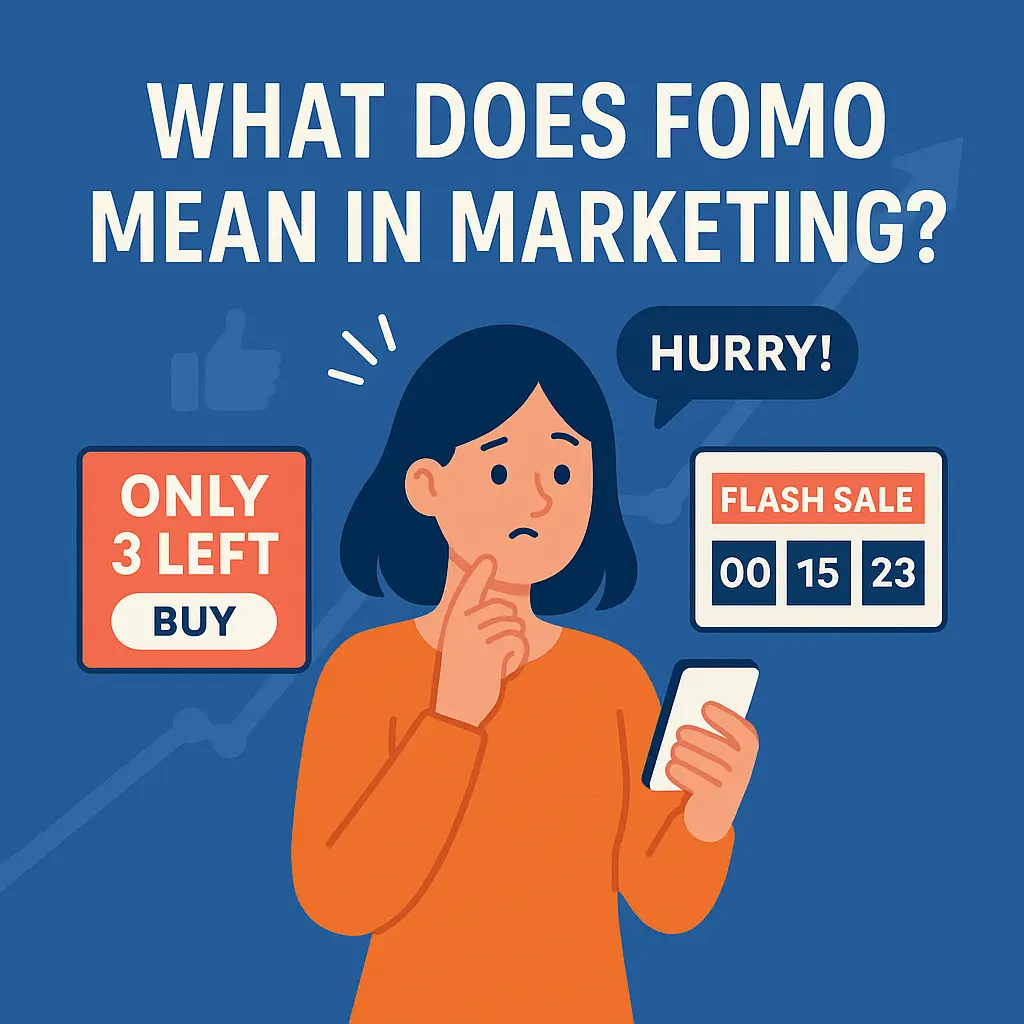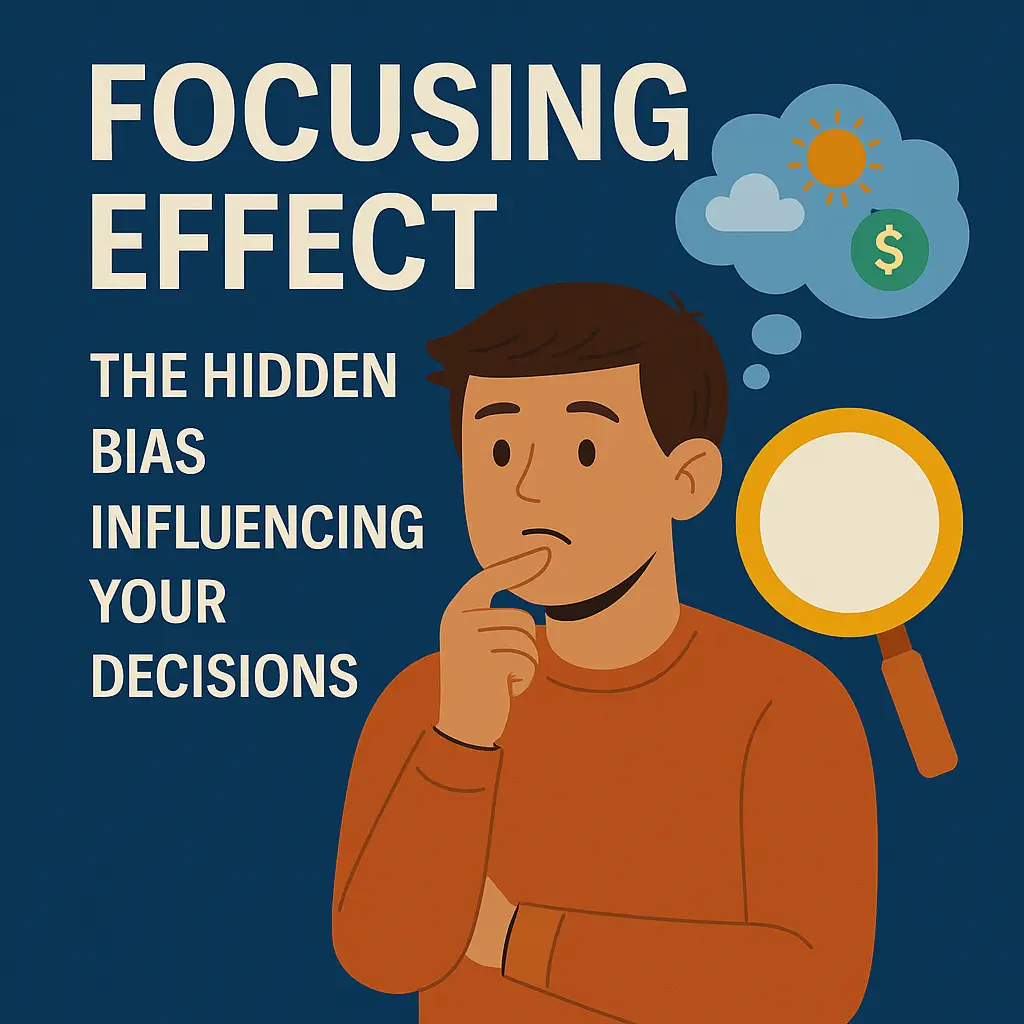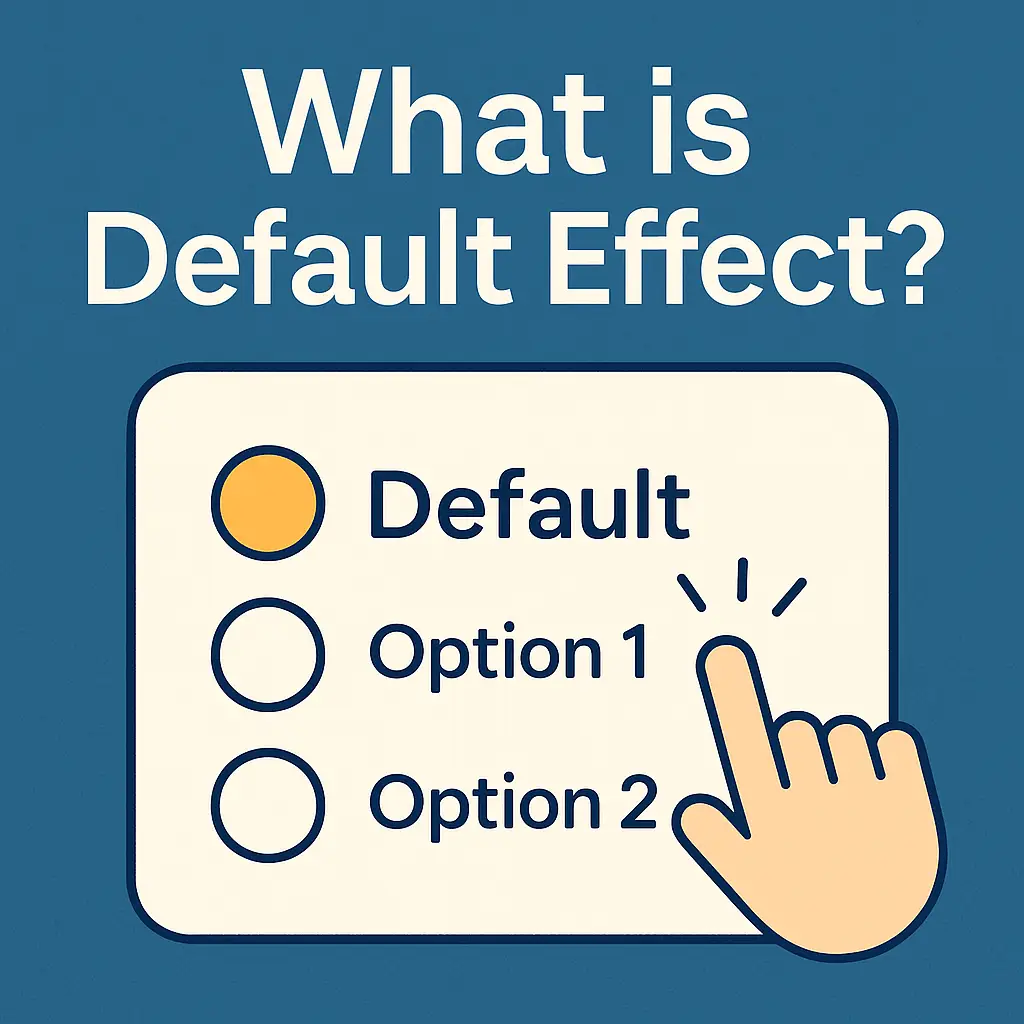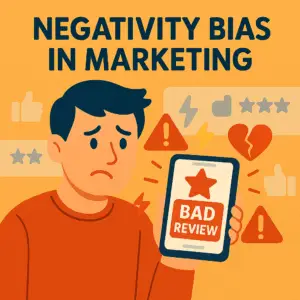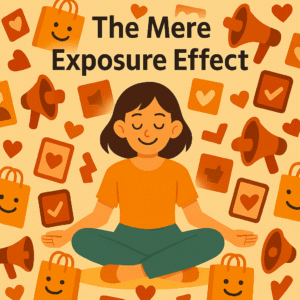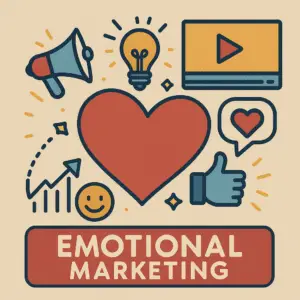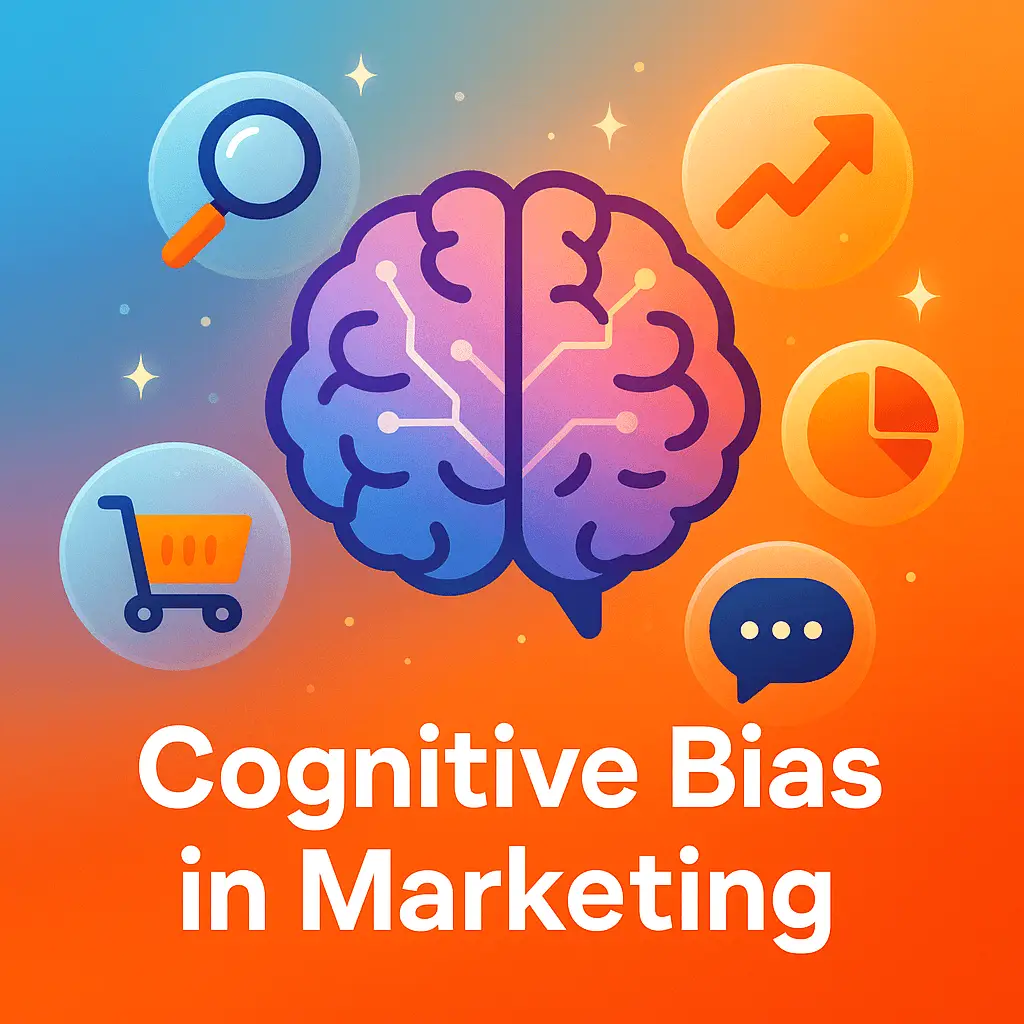
Cognitive Bias in Marketing: 11 Powerful Examples & Practical Strategies
Why do some brands win loyalty while others get ignored? It often comes down to how well marketers use cognitive bias, the subtle mental shortcuts shaping every buying decision. In this guide, you’ll learn what cognitive biases are, why they matter, and exactly how to apply them to boost your marketing impact. What Are Cognitive Biases? Cognitive biases are the habitual twists in our thinking that can lead us away from making entirely rational judgments. They’re like mental shortcuts, heuristics, if you like, that our brains lean on to sift




